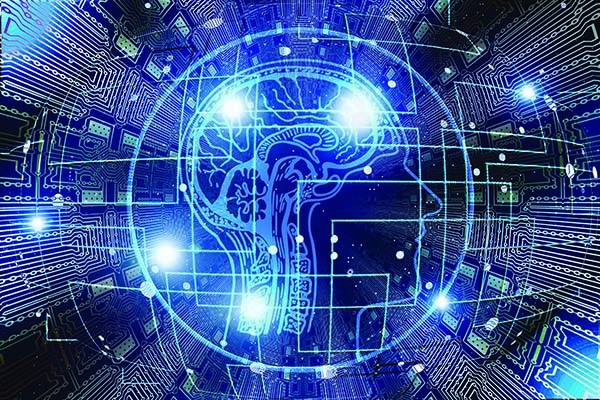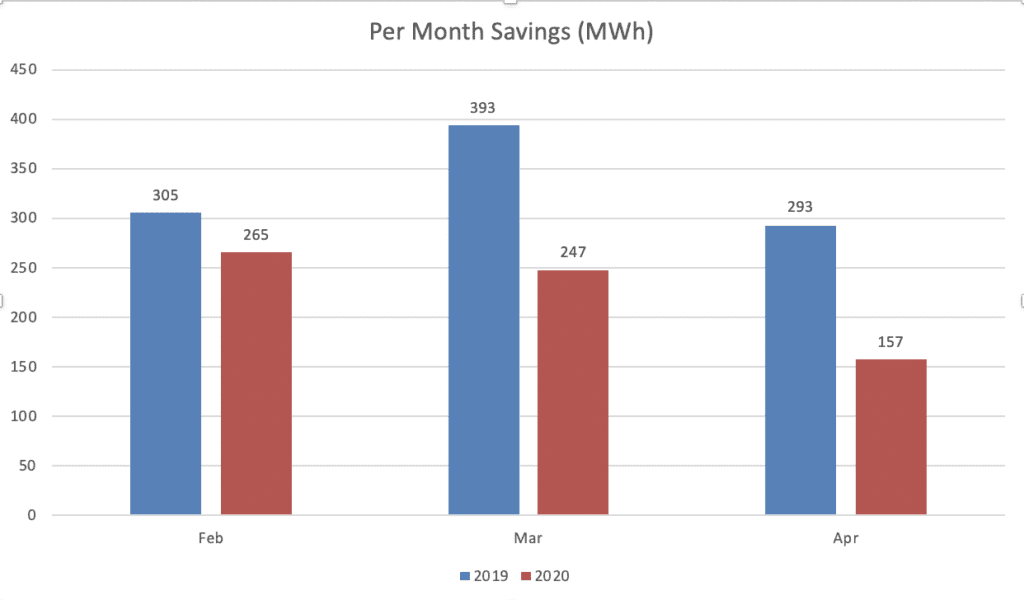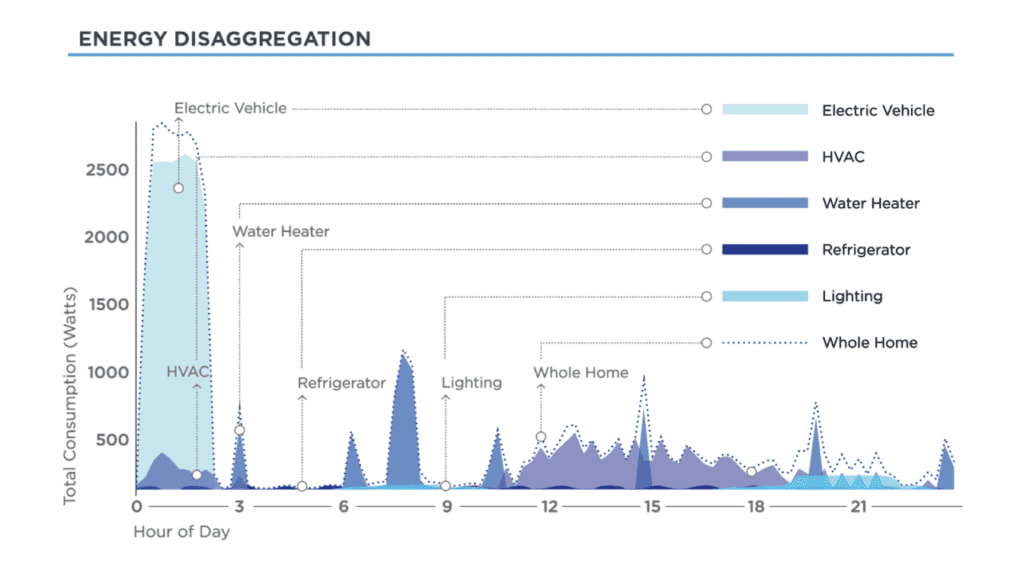How AI is Making Virtual Home Energy Audits a Reality
The post How AI is Making Virtual Home Energy Audits a Reality appeared first on POWER Magazine.

One of the most dramatic lifestyle and business outcomes of the pandemic has been the acceleration of digitalization and online engagement. Tasks and interactions once predominantly conducted in-person have moved online, and digital and virtual lifestyles are normalizing. For utilities and energy retailers, this evolution has sparked the need to drive a more resilient approach to many demand side management (DSM) programs.
Traditional DSM programs that rely heavily on in-person visits and contractor installs have borne the brunt of social distancing guidelines, and it is unclear what amount of time is needed before people will become comfortable with allowing service providers to enter their home. These pauses in DSM programs for the foreseeable future pose a tremendous problem for utilities, particularly for home energy assessments, single-speed pool pump replacement, and AC tune-up programs. The backlog of canceled in-home audits, coupled with a spike in residential energy consumption, very much increases the likelihood that DSM savings (Figure 1) will not meet mandated energy efficiency savings goals in 2020.
 1. At a large Midwest investor-owned utility, energy savings were down by almost 45% during April 2020 compared to April 2019. Source: Bidgely
1. At a large Midwest investor-owned utility, energy savings were down by almost 45% during April 2020 compared to April 2019. Source: BidgelyIn response, many progressive utilities are embracing artificial intelligence (AI) and digital diversity as a way to maintain engagement with customers virtually, backfill energy savings for the year, and build resilience against further disruptions to the grid.
Putting Smart Meter Data to WorkBy applying AI techniques to smart meter data, forward-looking utilities have increased visibility into load patterns at the appliance level, which helps them better understand individual household energy usage. Equipped with targeted intelligence to personalize customer interactions, utilities have the power to not only solve and answer diagnostic questions but offer customers valuable cost savings via digital engagement.
 2. AI solutions disaggregate energy consumption by appliance to identify sources of energy usage within households. Source: Bidgely
2. AI solutions disaggregate energy consumption by appliance to identify sources of energy usage within households. Source: BidgelyTake home energy assessments as an example. Traditionally, home assessments required lengthy customer surveys and in-home visits by a utility representative. Leveraging AI, granular insights into the time and duration of specific appliance usage, such as HVAC systems, EV chargers, water heaters and refrigerators, reveal energy consumption (Figure 8) without stepping foot inside a customer's home and without extensive surveys-providing a safer and overall better customer experience. Third-party energy advisors are then able to effectively walk customers through the assessment and confirm the analysis either through a phone call or video conference. Based on the analysis, utilities can recommend specific rebates or upgrades to increase the customer's energy savings.
Virtual audits not only eliminate the need for on-site, in-person visits, it fast-tracks the process, requiring less time to complete and confirm details. These programs are quick to implement and provide digital resources for achieving measurable energy savings.
Personalized Behavioral TargetingOnce a utility is able to consistently access granular energy usage data within households, they can segment customers more accurately to target high and inefficient appliance users for demand response (DR) enrollment or marketplace promotions.
 Abhay Gupta of Bidgely
Abhay Gupta of BidgelyFor example, high HVAC usage customers can be targeted to optimize their hours of cooling, as well as receive quick tips, like adding door and window strips, and promotions for air conditioning tune-up programs. DIY/tech savvy customers, who would most benefit and be interested in smart thermostats, can also be targeted for bring-your-own-thermostat DR programs. This also includes identifying low-income households and lower baseload consumption users, the two groups most affected by pandemic-related economic downturns, and connecting them with meaningful, personally relevant tips and recommendations to manage their energy bills.
Knowing that the recent economic downturn has decreased customers' purchasing power to make costly retrofit investments, such as installing solar panels or upgrading an air conditioning system, utilities can take this opportunity to scale back transactional-based conversations and focus on behavioral changes that promote energy savings. Personalized home energy reports delivered via email detailing appliance usage and monthly bill breakdowns empower customers to make immediate changes to their energy expenses, without having to wait two or three years-the usual period for a return on investment on retrofits.
Each interaction reinforces trust and satisfaction among customers, all the while ensuring they stay virtually connected with the resources they need.
Digital Diversity Supports ResilienceWhile social distancing may not be a long-term reality, it has been a major turning point for utilities to accelerate the adoption of digital solutions that strengthen DSM programs and diversify offerings. Enhanced customer insights made possible by applied AI technologies lower the barrier for utilities to engage with customers in more frequent and value-driven ways. When distributed digitally, largely through email and online dashboards, utilities can provide virtual engagement and service delivery at little to no additional cost to further achieve energy efficiency savings.
As the energy industry adjusts to a dynamic landscape, one in which customers have come to expect and favor personalized, digital engagement, utilities now have the resources to streamline operations to not only meet these expectations but also support more effective energy-saving strategies.
-Abhay Gupta is CEO of Bidgely, a company he founded with the mission of leveraging data to transform the utility industry. As CEO, Abhay has led the company from concept to market leadership. Prior to Bidgely, Abhay worked at a combination of energy and technology companies including Grid Net, Echelon and Sun Microsystems. He holds a B. Tech from the Indian Institute of Technology Delhi, M.S. from the University of Southern California, and M.B.A. from Santa Clara University.
The post How AI is Making Virtual Home Energy Audits a Reality appeared first on POWER Magazine.